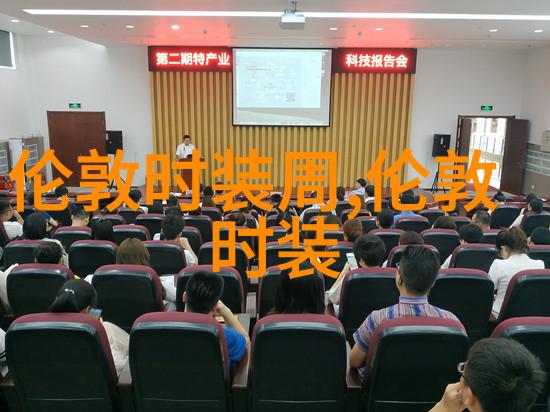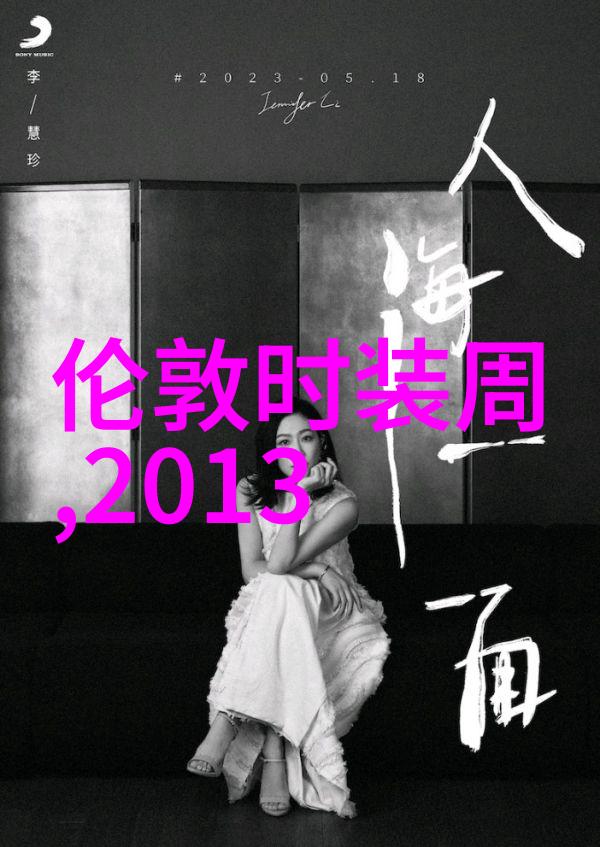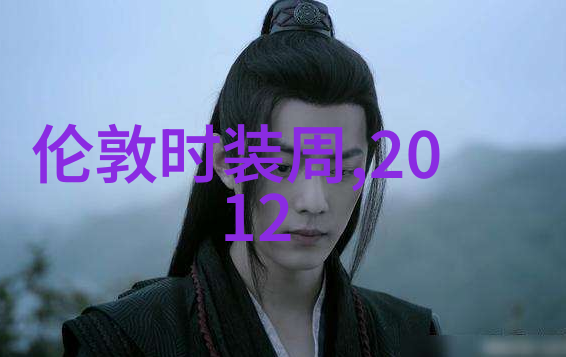Whispers of the Past: A Journey Through Vintage English Style
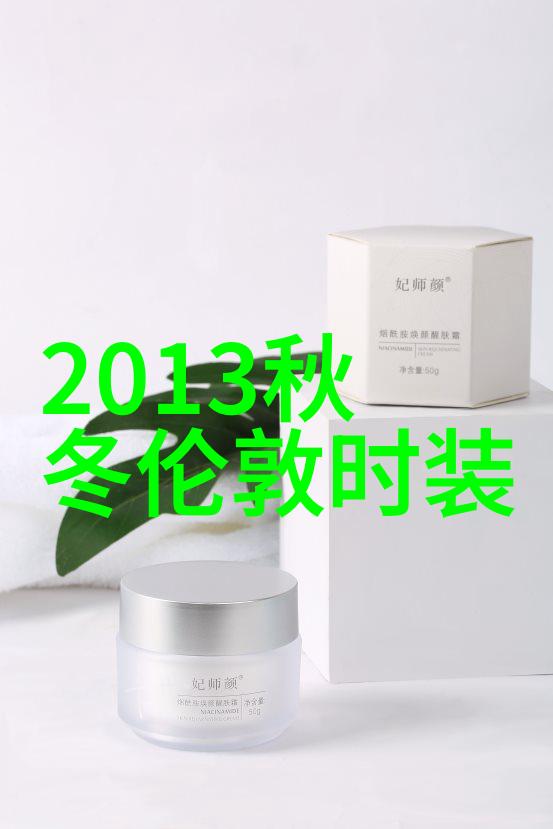
In an era where modernity reigns supreme, it's refreshing to reminisce about the elegance and sophistication of bygone days. The vintage English style, with its intricate patterns, classic typography, and nostalgic charm, has captured the hearts of many who seek a connection to history.
Typography
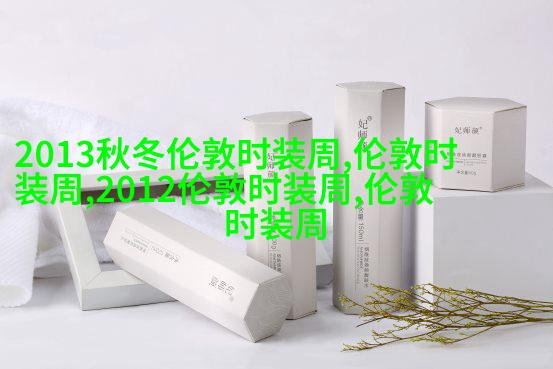
Vintage English style is characterized by classic fonts that evoke a sense of nostalgia and timelessness. These fonts often feature ornate details such as serifs and flourishes that give them a distinct look. From the elegant script font used in Victorian-era letterheads to the bold sans-serif font popularized during the Industrial Revolution, each typeface tells a story about its time period.
Patterns & Motifs
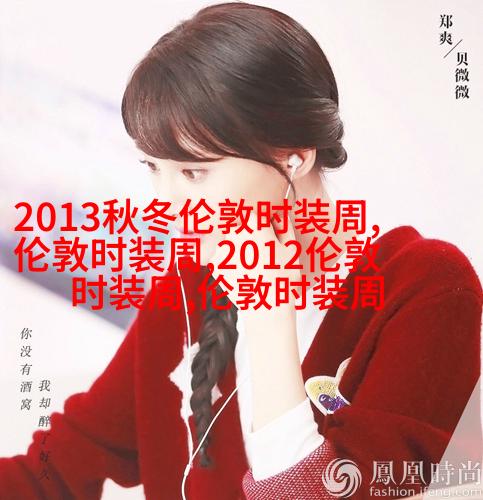
The vintage English style is also known for its intricate patterns and motifs inspired by nature, architecture, and art nouveau designs. These patterns can be seen in wallpaper prints from the 18th century or on antique fabrics like linen and silk. The use of these patterns adds depth and complexity to any design project.
Colors
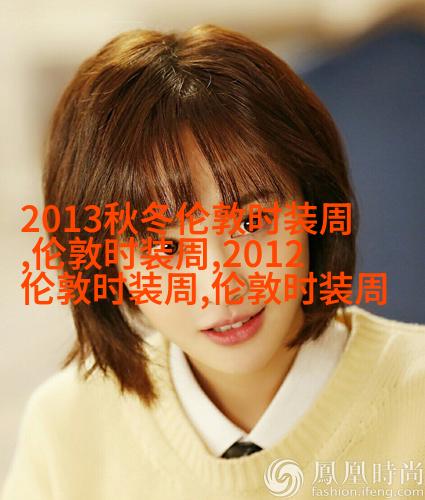
Classic color palettes are another defining characteristic of vintage English style designs. Earthy tones like greenery shades complemented with rich colors such as navy blue or crimson red create an atmosphere reminiscent of old-world England's aristocracy homes.
Stationery & Paper Goods

Stationery items like envelopes with wax seals or handwritten letters on paper lined with floral motifs are quintessential elements in this era's aesthetic expressionism for communication purposes among friends across seas was more than just exchanging words; it was an experience meant to delight both visually & emotionally.
5.Retro Posters & Advertisements
Retro posters showcasing iconic brands from yesteryears are indeed captivating pieces which capture not only their visual appeal but also tell stories behind products they promoted at their inception times - whether it was fine china tea sets crafted in Stoke-on-Trent factories during Britain's golden age pottery production periods (19th-early 20th centuries) or advertisements promoting soap made from olive oil sourced primarily from North Africa (1900s onwards).
6.Restoration & Reinterpretation In Modern Times
As we continue our journey through vintage English styles' evolution over time - one cannot help but appreciate how contemporary designers have managed successfully restore these classic elements into fresh new interpretations while still maintaining their original essence without losing sight towards relevance within today’s fast-paced world – even though some might argue against blending tradition with innovation; others embrace this fusion because they see timeless beauty residing within unique combinations between past aesthetics combined w/ modern sensibilities leading us toward creating something truly extraordinary while staying truest possible heritage roots intact throughout process itself thus resulting possibly becoming future classics themselves albeit taking different forms when compared side-by-side w/ what once were considered 'original' versions before undergoing transformation processes now completed so meticulously done!

